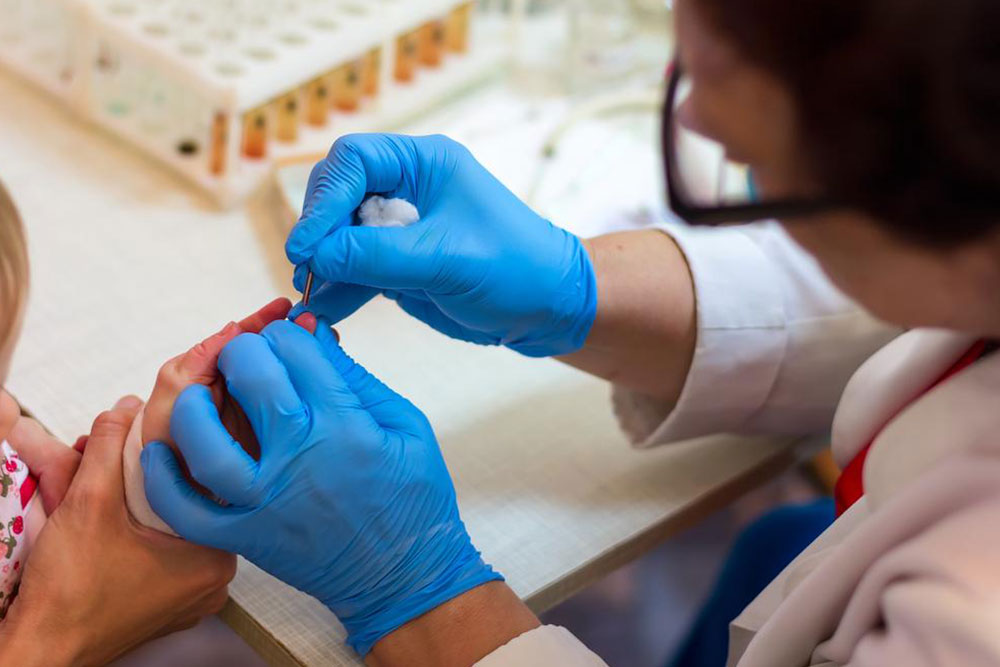Why should you take the hemoglobin A1C test
Hemoglobin is that one term you often come across when you go for a blood test. These are iron-containing agents (complex protein) you find in your red blood cells that help the body to function by using oxygen. Hemoglobin determines when and how to use oxygen for the body. In other words, hemoglobin’s function is to carry oxygen to the body tissues form lungs and to pump oxygen. It is the iron content in hemoglobin that keeps the red blood cells in shape.

Here is what goes wrong and why you go for hemoglobin A1C test:
As we read above that hemoglobin is a protein that is found in the red blood cells. Glucose is type of sugar that helps provide energy to your body. When everything is in the right amount, your body functions perfectly. But then there is too much glucose in your body, it crosslinks to your hemoglobin and this crosslinking is called Glycation. And the glycated hemoglobin is called A1C. This is why we go for a hemoglobin A1C test to find out the level of glycated hemoglobin in your blood. Another term for glycated hemoglobin is Hb1c.
If you are diabetic, getting a hemoglobin A1C test is gives you a clear picture of how much glucose has been cross-linked to your hemoglobin or in other words, how much glycation is there in your body.
If you are obese without diabetes or overweight without diabetes, even then you should get hemoglobin A1C test done as that can help you prevent from getting diabetes in the future. Here is the reason why you should get this test done even if you are not diabetic:
For instance, you were on a high glucose diet in the past couple of days (unknowingly). That led to cross linkage of glucose to your hemoglobin causing glycation. You realize you have been taking too much sugar so now you are conscious about what you eat and so, your blood sugar level now seems fine. But does that mean you are out of danger? The answer is no. That is because your red blood cells might still have the memory of A1C, however, the memory cannot stay for long as the red blood cells constantly change over the course of 3-4 months. The hemoglobin A1C test will show you your blood sugar level of till date from the time they (red blood cells) had been formed newly. So, now you will know how your glucose has been doing over the past 3-4 months and that is helpful information for you by leading you to the path of maintaining healthy hemoglobin A1C level, which is close to, or less than 5%.